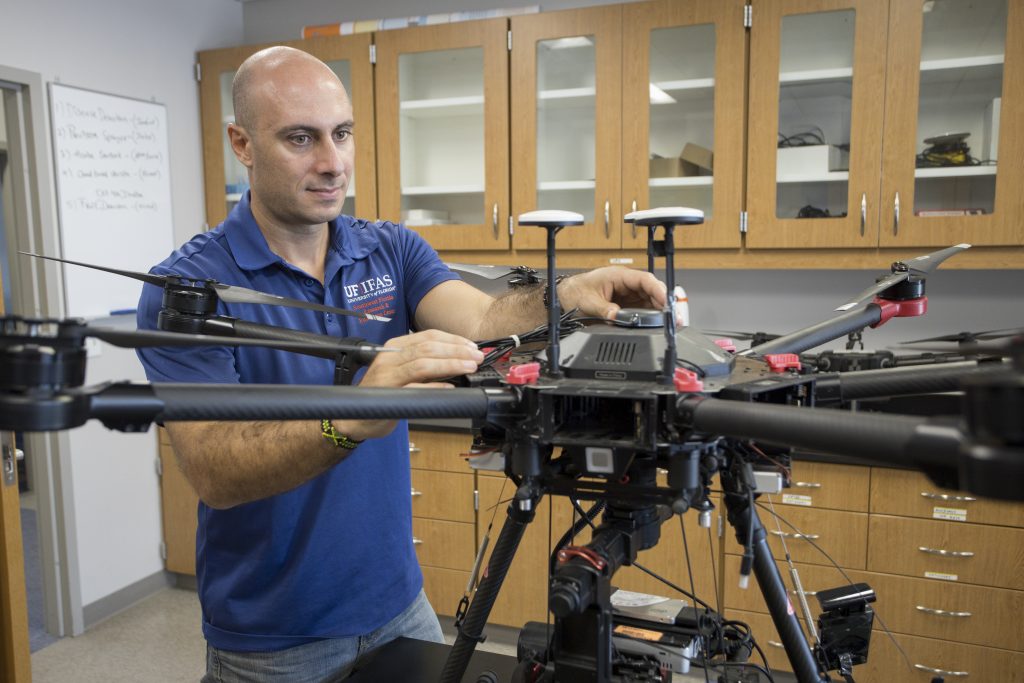
By Clint Thompson
Southeast vegetable and specialty crops are engaged in a long-term struggle against seasonal imports. While imports from countries like Mexico don’t appear to be dissipating anytime soon, growers must find ways to cut costs to remain sustainable.
One tool in the production toolbox is mechanization. If machines can be developed that can perform required tasks like harvesting, then those high wage rates that domestic producers must pay and Mexico doesn’t, will be reduced, and producers won’t have to worry about finding the necessary workforce.
But that process is going to take time, says Aaron Troyer, chairman of the Florida Fruit and Vegetable Association.
“Mechanization is a big part of the solution, long-term. I think short-term it’s difficult,” Troyer said. “The more that you can do with technology instead of having a lot of people, say picking strawberries, for example, if you can have machines that can do it where you have operators and technical support rather than people that are actually picking strawberries, then that’s going to be big for the industry. But that takes time. Those things are ongoing, and they’re coming up with them. You’ve read about them. They’re out there. They’re not perfected yet. But they’re coming.”
Artificial Intelligence
Then there’s artificial intelligence (AI), a focus at the University of Florida/IFAS. According to the UF/IFAS blog, artificial intelligence is the ability of a computer system to recognize patterns, understand language, learn from experience, solve problems and perform complex tasks. It’s also described as the ability of a machine to think like a human but do it faster and more efficiently.
AI allows growers to compute millions of variables and coordinate vast amounts of data instantly and accurately. AI could help farmers reduce costly input expenses. University of Florida/IFAS research is studying the use of smartphone images to serve as early detection of the two-spotted spider mite – a costly pest in strawberries. Quicker detection could lead to reduced chemical applications.
UF’s Agroview software uses images from drones and satellites to assess plant needs and categorize plants based on their size and canopy area. It can reduce the time and cost of collecting and analyzing the data by up to 90%.
UF plant pathologist Pamela Roberts and agricultural engineer Yiannis Ampatzidis are using drone images to differentiate diseases on tomatoes, specifically bacterial spot versus target spot. If farmers can diagnose their plant ailments sooner, they can treat them before damage starts. Such diseases can be costly to manage.









